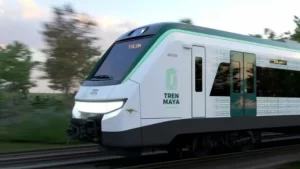If you are considering moving to Mexico, there is much to think beyond where to find the best pico de gallo.
If you want to open a local bank account, you will find a wide range of institutions, services and rates. There will be options for all your needs: from checking and savings accounts to money market accounts and certificates of deposit.
This is what you need to get the most out of your Mexican pesos.
What documents do I need?

To begin with, you will probably be asked for the following documents:
A valid passport or identity document from your country of origin that includes your photograph
A proof of residency (of the last 2 months), such as a bill for domestic services issued in your name and sent to your address. Your visa type FM2, FM3 or FMM (immigrant, non-immigrant, or multiple-purpose form) If you travel by business, some banks will ask you, apart from your visa, a credential. You can get it at the National Institute of Migration.
Activating the account
To activate your account, you will usually need to deposit a minimum amount of 750 pesos, if not a larger amount. It is good to keep in mind that cash deposits of large amounts may be subject to taxes, while bank transfers and checks are not. This is a practice that you are probably not used to: all the bank commissions, opening expenses, interest rates and credits entail tax impositions in Mexico.

Can I open a remote account or online?
The banking sector in Mexico is dominated mainly by foreign banks. There are several international banks that have a presence in Mexico or a partner in that country: Bank of America, HSBC and Santander, for example. If you are already a client of one of these, they can help you with the process of opening an account in Mexico before you arrive in the country.

The procedure and the available services can vary from bank to bank, and it is better to speak directly with someone from the bank at the branch.
All the major banks in Mexico offer online banking services. However, it may be necessary to open the account in person at your branch before you can access the online services. Most bills can be paid online and the queues in banks are usually long, so it is best to ensure access to your online banking as soon as possible.





